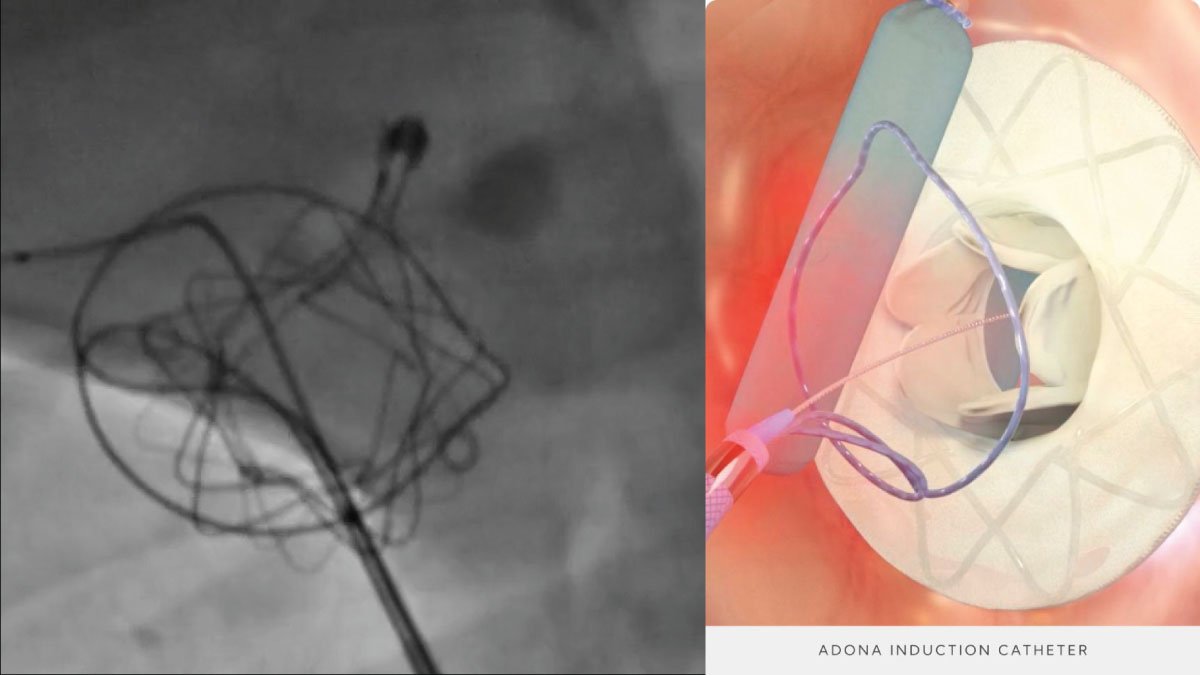Electric Bandage Technology: Promising Innovation in Chronic Wound Treatment

A novel electric bandage technology that promotes tissue regeneration and speeds up wound healing has been created by North Carolina State University researchers. This breakthrough could have a big impact on the medical device market and provide people who suffer from chronic wounds fresh hope.
Revolutionary Electric Bandage Technology: A Leap Forward
The most recent innovation from North Carolina State University is an electric bandage that uses electricity to stimulate greater tissue regeneration and faster healing. This low-cost, high-performance technique uses bioelectricity to efficiently heal chronic wounds. This innovative electric bandage stimulates the wound site to produce extraordinary tissue healing, addressing the limitations of traditional bandages in treating deep and infected wounds.
The project’s principal researcher, Dr. Guojun Liu, explains that the bandage produces low-level electric currents using a water-based power source. These currents speed up wound healing by imitating the body’s natural healing mechanisms. Two important aspects of treating chronic wounds are preventing infection and lowering inflammation, both of which the electric bandage has demonstrated to be quite good at.
Advantages and Applications of Electric Bandage Technology
Compared to traditional wound care techniques, the electric bandage has the following significant advantages:
- Enhanced Healing: By encouraging cell growth and regeneration, the low-level electrical currents speed up and improve the efficiency of wound closure. This function is especially helpful for pressure sores and diabetic foot ulcers, which are notoriously hard to treat.
- Cost-Effective Solution: The bandage is a more affordable option to current therapies because it is constructed of low-cost components and draws its power from a water source. For patients in need, this affordability can significantly improve accessibility.
- Decreased Risk of Infection: The bandage lowers the risk of complications by creating a closed environment surrounding the wound and actively warding off bacterial infection with electrical stimulation.
- Non-Invasive Treatment: The electric bandage is a non-invasive wound care technology that doesn’t require surgery, in contrast to several other cutting-edge technologies. This reduces the amount of discomfort and recuperation time for patients.
Future Trends and Potential Applications
Researchers are looking into how it might be used to treat different kinds of wounds and skin disorders. Personalized treatment regimens could be made possible by the bandage’s increased effectiveness through the incorporation of smart sensors and real-time data monitoring.
This technique has many potential uses than only treating wounds. It might be applied to the creation of bioelectric treatments for various illnesses and intelligent prosthetics. Innovations like the electric bandage have the potential to significantly improve patient outcomes and millions of people’s quality of life as the medical device industry develops.
Conclusion
An important turning point in the history of medical devices and wound care was reached with the invention of the electric bandage. This invention has the potential to completely change the way chronic wounds are managed, hence lowering patient suffering and medical expenses, by providing an affordable, non-invasive, and extremely effective alternative. With more investigation into its potential, this technology appears to have a bright future ahead of it, opening the door to even more sophisticated and effective wound care options.




















